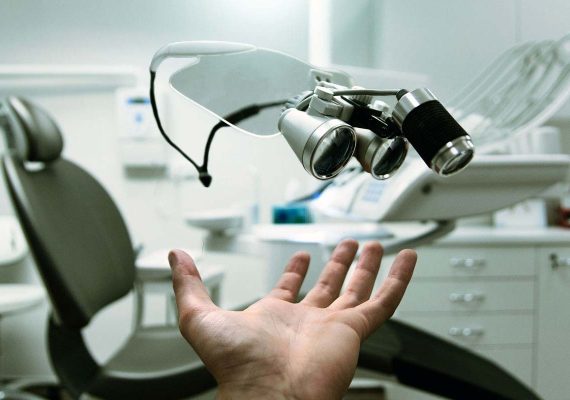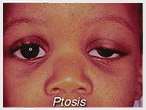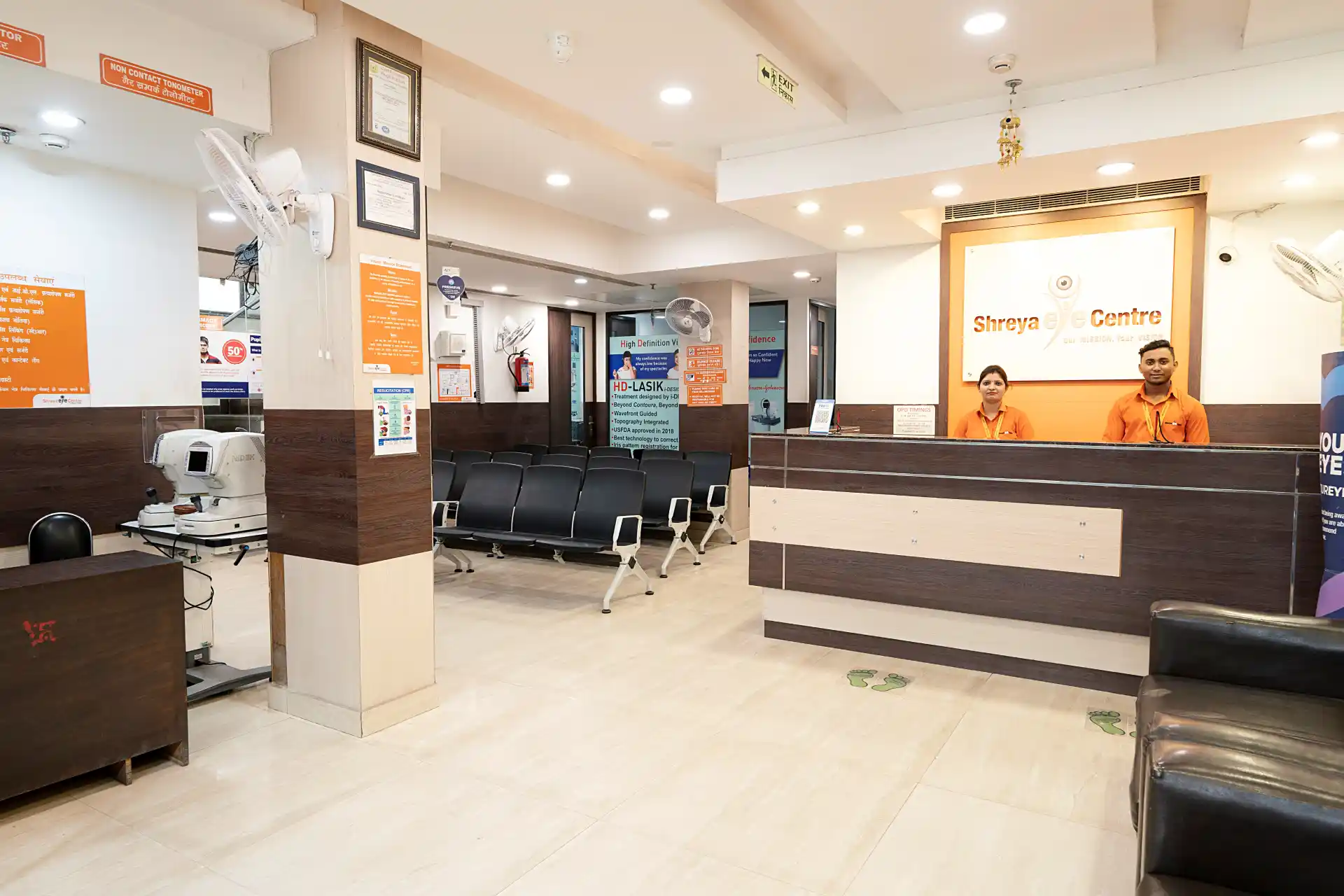Some Frequently Asked Questions on Paediatric Eye Diseases
- What Are The Common Eye Problems Seen In Pediatric Age Group?
- How Early Does My Child Need An Eye Check Up?
- What Are The Common Causes Of Red Eye In Children?
- What Is A Chalazion?
- What Is Normal Binocular Vision?
- What Is Strabismus (Deviation Of Eyes)?
- What Are The Common Types Of Strabismus And Their Management Options?
- How Is Strabismus Surgery Done, And What Are The Risks Involved?
- What Is Pseudo-strabismus?
- What Is Amblyopia (Lazy Eyes) And What Are Its Important Causes?
- How Amblyopia Is Commonly Diagnosed?
- What Are The Management Options For Amblyopia?
- How Is Cataract Managed In Children And What Is Its Visual Prognosis?
- What Is The Common Cause Of Watering Of Eyes In Infancy And How Is It Managed?


What Are The Common Eye Problems Seen In Pediatric Age Group?
Children can have a variety of eye problems. Some of the relatively common disorders include refractive errors, redness of eyes (conjunctivitis – infective or allergic), watering of eyes, strabismus (deviation of eyes), amblyopia (lazy eyes), lid abnormalities (ptosis), congenital cataracts, congenital glaucoma, developmental abnormalities of the eyes (microphthalmos), vitreous hemorrhage, retinopathy of prematurity, persistent fetal vasculature syndrome (PHPV), chorioretinal coloboma, tumors (retinoblastoma), foveal hypoplasia, and optic disc abnormalities (coloboma, hypoplasia, optic atrophy, swollen optic discs).
At Shreya Eye Centre, we provide specialized Paediatric Eye Disease Treatment in Delhi to address all these conditions. Our experienced team ensures accurate diagnosis and effective management tailored to each child’s needs, promoting healthy vision and overall eye development.
How Early Does My Child Need An Eye Check Up?
Some common indirect pointers to the presence of vision problems in children are repeated watering of eyes, squeezing of eyes, frequent rubbing of eyes, habit of keeping visual targets at close distance, headaches, or adoption of abnormal head postures. In very young children, gross discrepancy of vision between the two eyes can be tested by covering one eye at a time in a subtle manner.
At Shreya Eye Centre, we provide expert Paediatric Eye Disease Treatment in Delhi, ensuring early detection and care to protect your child’s vision and overall eye health.
Observation of delayed visual milestones should prompt an early eye check up. Presence of deviation of eyes, nystagmus (to and fro movements of the eyes), abnormal head postures, roving eye movements are often associated with amblyopia.
These conditions require an urgent consult. In the absence of any of the above problems, we still recommend that every child should have a routine eye check up at around 3 years of age. Vision screening should be made mandatory at the time of school admission. It should be followed by annual routine check ups.
What Are The Common Causes Of Red Eye In Children?
Red Eye,” or conjunctivitis, is a non-specific finding that simply indicates conjunctival inflammation. At Shreya Eye Centre, we provide expert Paediatric Eye Disease Treatment in Delhi for children with eye redness. The vast majority of children who present with “pink eye” will have a simple conjunctivitis. Other causes of a “red, teary eye” in a newborn include congenital glaucoma and nasolacrimal duct obstruction. Early evaluation and treatment are key to maintaining healthy vision.
The most common causes for pediatric pink eye are allergic conjunctivitis, bacterial conjunctivitis, viral conjunctivitis, and blepharitis (inflammation of lid margins).
What Is A Chalazion?
Obstruction of the meibomian gland openings in the eyelids may result in an acute infection, but more commonly produces a chalazion. A chalazion appears as a lump near the eyelid margin, either on the upper or lower lid. Chalazia may resolve spontaneously over several weeks; however, applying hot fomentation over the closed lid helps the drainage of lipid material.
Topical and systemic medication may be required to decrease the inflammation around the lump. If it does not resolve, incision and drainage may be necessary.
What Is Normal Binocular Vision?
Normally, both eyes are aligned on the same visual target and the images from each eye are merged in the brain to form a single three-dimensional image, or binocular vision. The brain’s process of merging or “fusing” images from each eye into one image is called binocular fusion.
The perception of three-dimensional depth is called stereoscopic vision. Binocular vision develops during early infancy, and proper alignment during this time is necessary for normal binocular development to occur.
What Is Strabismus (Deviation Of Eyes)?
Misalignment of eyes is called strabismus and can lead to disruption of the visual development process. Not all strabismus occurs at birth. It can be acquired throughout a person’s life for a variety of reasons. A problem affecting any of the six extra ocular muscles in either eye will cause misalignment and hence can cause some disruption in binocular vision. Depending on the cause for the disruption and the severity of the problem, visual symptoms will vary.
What Are The Common Types Of Strabismus And Their Management Options?
The two most common types of strabismus are esotropia, where an eye turns in and exotropia, where an eye turns out. Infants developing esotropia within the first six months of life (congenital or infantile esotropia) usually have a large inward turn, which is easily noticed. The chances of developing normal binocular vision with normal depth perception are not good and the child may not develop full vision in the weaker eye.
However, the best chance is with early surgery (before 18 months of age). Both the parent and surgeon have to be committed to multiple procedures to obtain perfect alignment. Another common form of esotropia that occurs in children usually after age two is caused by a need for glasses (accommodative esotropia). These children are farsighted (hypermetropia or plus power in spectacles). They have the ability to focus their eyes enough to adjust for the farsightedness, which allows them to see well for both distance and near.
Some children excessively strain their eyes when they focus, which causes one eye to turn in. Wearing glasses equal in strength to their farsightedness reduces the need to focus and straightens their eyes. Sometimes the addition of bifocals is necessary to further reduce the need to focus when looking at objects up close.

Exotropia or an outward turning of an eye is another common type of strabismus. Often the exotropia will occur intermittently, particularly when the child is daydreaming, ill, or tired or focusing at distant objects. Although glasses and prism therapy may reduce the amount of outward turning in some patients, surgery is usually needed. Rarely, special eye exercises (orthoptics) are necessary to help older children control the eye misalignment.

How Is Strabismus Surgery Done, And What Are The Risks Involved?
At Shreya Eye Centre, our Paediatric Eye Disease Treatment in Delhi includes strabismus surgery to correct misalignment of the eyes. The aim of strabismus surgery is to adjust the muscle tension on one or both eyes to pull them straight. For example, in surgery for esotropia, the tight inner muscles are moved further back, weakening their pull and allowing the eyes to move outward. Sometimes the outer muscles may be tightened by shortening the muscle length, which further pulls the eye outward.
Strabismus surgery is usually a safe and effective part of paediatric eye disease treatment in Delhi, but it is not a substitute for glasses or amblyopia therapy. During the procedure, the eyeball is never removed from the socket. A small incision is made within the tissues covering the eye to allow access to the eye muscles. The selection of muscles to be operated upon depends on the direction the eye is turning. One or both eyes may be operated on.
Even with a thorough clinical evaluation and precise surgical technique, eyes may be closely aligned but not perfect after surgery. Fine adjustment often depends on coordination between the eye and the brain. Some patients may require prisms or glasses following eye muscle surgery. Over-corrections or under-corrections can occur, and further surgery may be needed.
For children, general anesthesia is required, while some adults may prefer local anesthesia. Recovery is rapid, with most patients able to resume normal activity within 2–3 weeks. Like any surgery, strabismus surgery carries small risks, including infection, bleeding, excessive scarring, and other rare complications that may affect vision.
Our expert team at Shreya Eye Centre ensures comprehensive Paediatric Eye Disease Treatment in Delhi with personalized care for each child’s eye health.
What Is Pseudo-strabismus?
Pseudo-strabismus is a common condition that needs to be distinguished from deviation of eyes (true strabismus). With pseudo-esotropia, the infant usually has a wide nasal bridge and wide, prominent lid folds, giving the appearance of eyes crossing. But, in fact, the eyes are straight. When the child looks to either side, the eye hides behind the eyelid folds or wide bridge and looks like they are crossing. It is important to document proper eye alignment in these cases by an orthoptic examination.
Comprehensive ocular examination and follow-up is important in patients diagnosed with pseudo-strabismus, as a small percentage of these patients will develop a true esotropia.
What Are The Latest Advances In Intraocular Lens (IOL) Technology?
Advances in iol technology have made available various state-of-the-art iols. These new lens designs include 1) blue-light blocking iols that filter out harmful ultraviolet radiation as well as blue light, 2) aberration-free iols which greatly improves image quality by enhancing contrast, eliminating glare and haloes, and improving night vision, and 3) the newer multifocal iols which provides good unaided distance and near vision with less dependence on glasses. 4) toric iols are also available for the correction of high cylindrical spectacle numbers.
Depending on the patients’ personal visual needs, the surgeon decides the most appropriate lens to implant in the eye.
What Is Amblyopia (Lazy Eyes) And What Are Its Important Causes?
Amblyopia or ‘lazy eyes’ is simply defined as binocular or uniocular decrease in best corrected vision (even after spectacle correction), for which no apparent organic cause is found on eye examination. It is commonly caused from conditions that produce blurred image on the retina (e.g. Media opacities like congenital cataract, which obstruct the light from entering the eye; high refractive errors) or abnormal binocular coordination of the two eyes (deviation of eyes) or combination of both (unequal refractive errors between the two eyes, astigmatic refractive errors).
Amblyopia occurs during the critical or sensitive period of development and maturation of the visual system, which is estimated to be 0-8 years in children. It has to be remembered that the patient has to undergo a complete ocular examination to rule out any organic cause of loss of vision before the diagnosis of lazy eyes is established.
How Amblyopia Is Commonly Diagnosed?
Subnormal best corrected vision (even after spectacle correction) points towards the possibility of amblyopia. Vision can be tested in children by many innovative picture/letter acuity/symbol charts. It can be done in a child as young as 2-3 year old. In a very young child, the ability of an eye to take up and maintain fixation is an indirect sign of the presence or absence of amblyopia. In children with eye deviation, strong fixation preference of one eye indicates amblyopia.
What Are The Management Options For Amblyopia?
Amblyopia is treatable in appropriate cases. Early treatment of amblyopia is critical for best results. The first step is to clear the retinal image by giving appropriate glasses or by removal of media opacities like cataract or corneal opacities. The second step is to correct ocular dominance, if present, by forcing fixation to the weaker eye and thereby stimulating it.
This is achieved either by covering (patching) the good eye or by blurring the image in the good eye (by some drugs or by altering the spectacle number).once ambylopia is diagnosed, it has to be managed by strict vigilance and monitoring of therapy.
How Is Cataract Managed In Children And What Is Its Visual Prognosis?
Pediatric cataracts can occur in one eye (unilateral) or both eyes (bilateral). They can be complete or partial and can be present at birth or occur sometime after birth. Cataracts can be partial at birth and later progress to become visually significant. In contrast to adults, cataracts in children present a special challenge, since early visual rehabilitation is critical to prevent irreversible amblyopia (lazy eyes). The earlier the onset, and the longer the duration of the cataract, the worse the prognosis.
With new techniques and material in the treatment of congenital cataracts and improved surgical and clinical management, visual prognosis has improved. Now ophthalmologists operate as early as the first week of life and visually rehabilitate the child with either glasses or contact lenses.
Children born with cataracts are also at risk for developing glaucoma, strabismus, nystagmus, and poor stereopsis, further complicating successful outcomes. In most cases, it is the willpower and resolve of the parents or caregivers to follow post-operative management that determines visual success for the child. Patients with acquired progressive cataracts have less amblyopia and a much better visual prognosis than patients with cataracts that cover the visual axis since birth.
Unilateral infantile cataracts are rarely caused by a systemic disease, except in some cases of intrauterine infections such as rubella. Generally, monocular congenital cataracts have a relatively good prognosis if surgery and optical correction is provided by two months of age. Beyond this age, there is a possibility of having dense amblyopia in the operated eye.
Bilateral cataracts are often inherited. The work-up for bilateral congenital or infantile cataracts should include a careful pediatric examination and special tests. Dense bilateral congenital cataracts require urgent surgery and visual rehabilitation. In general, bilateral cataracts operated prior to two months of age have a good visual prognosis with approximately 80% achieving vision of 20/50 or better.
Cataract surgery in children is done under general anesthesia. It involves removal of the cataractous (opaque) crystalline lens. This is often accompanied by surgical measures (primary posterior capsulorrhexis /anterior vitrectomy) to ensure the clarity of the central visual axis in the postoperative period, which can otherwise get obscured by the ‘after cataract’ (collection of inflammatory cells and fibrous tissue) formation.
We currently consider iol implantation in patients who are one year or older, and iol implantation is the procedure of choice in children 2 years and older. The use of aphakic glasses or contact lenses continues to be the treatment of choice for congenital cataracts in neonates, while an iol is preferred for children over one year of age. Postoperatively, the child will still require glasses after the iol implantation. The child may require occlusion therapy for the management of amblyopia.
What Is The Common Cause Of Watering Of Eyes In Infancy And How Is It Managed?
Infants with a nasolacrimal duct obstruction present with a watery eye and an increased tear lake, mattering of the eyelashes, and mucus in the nasal corner of the eyelids. This condition is one of the common issues addressed under Paediatric Eye Disease Treatment in Delhi. It occurs due to improper canalization of the nasolacrimal duct pathway, which drains tears from the eyes to the nose. Congenital nasolacrimal duct obstruction is common, affecting 1 to 5% of infants, with approximately one-third having both eyes involved.
Medical management during the initial six months of age involves nasolacrimal sac massage and intermittent topical antibiotics. If massage fails to open the obstruction, syringing and probing is performed. Under sedation or general anesthesia, a small steel wire is passed through the punctum into the nasolacrimal system and into the nasal cavity. This procedure is painless and safe.
The success rate for a single nasolacrimal duct probing is approximately 90%. Sometimes, repeat procedures are needed to relieve the obstruction. If probing fails, intubation with silicone tubes may be performed to establish a functional tear drainage system. In rare cases, a dacryocystorhinostomy (DCR) is recommended at 3.5 to 4 years of age to create an alternate pathway between the tear drainage system and the nasal cavity.
At Shreya Eye Centre, our expert team provides comprehensive Paediatric Eye Disease Treatment in Delhi, ensuring timely and effective management of watering eyes and other congenital eye issues in children.

Schedule Your Eye Care Appointment
Submitting your appointment request is the initial step towards personalized and timely eye care.
Our team will contact you within 24 hours to confirm your appointment. For immediate assistance, please call us directly.
